We started our first morning in Prague by crossing the Charles Bridge and going to the Old Town Square, where we caught a walking tour of the city. The tour was extensive and covered parts of the Old Town, New Town, and Jewish Quarter. Our guide gave us a detailed history of the buildings, neighborhoods, city, and the Czech Republic as a whole! After the tour we grabbed a lunch at a Christmas Market and then met for another walking tour of the Castle District. The Prague Castle is the largest ancient Castle in the world. The massive complex was home to kings, emperors, and now the president of the Czech Republic. On our tour we saw the childhood home of Madeleine Albright, who was born in Czechoslovakia, and a building where 16th century astronomer Tycho Brahe lived. We went inside the castle complex, progressed through a series of large courtyards, and went inside St. Vitus Cathedral. We were also able to walk down the castle’s Golden Lane, which is a series of small houses originally for guards and servants of the castle. Its name comes from the goldsmiths who worked there in the 17th century. Jewish author Franz Kafka once lived in one of the little houses on Golden Lane. After finishing our tour of the Prague Castle, we took a scenic evening walk down the hill, stopped briefly at our hotel, and had a traditional Czech meal with some czech beer! We then walked around the Old Town at night.
The next morning we started early in the Jewish Quarter where we had an audio guided tour that took us through various synagogues and the impressive Old Jewish Cemetery. We started at the Maisel Synagogue, where we learned the story of the Golem of Prague. The legend says Rabbi Loew created the being from clay and when he inserted a paper with the word of life written on it in his mouth, the creature came to life and served the community. One night Rabbi Loew forgot to remove the word of life for the Sabbath and the monster went on a rampage until Rabbi Loew was able to remove the paper from his mouth. He then destroyed the creature. The next stop was the most powerful; the Pinkas Synagogue had the names of Czech Jews who were killed during WWII painted on the walls. It also had an exhibit of pictures Jewish children drew while in the Theresienstadt Concentration Camp at the urging of Friedl Dicker-Brandeis, a Jewish artist also at the camp. The pictures were smuggled out of the camp and depict things like everyday life, what the children feared, life before the war, the camp guards, and the Promised Land. The Old Jewish Cemetery is located right outside the Pinkas Synagogue. It is the largest Jewish Cemetery in Europe and has about 12,000 tombstones leaning, piled, and scattered all over the place. The cemetery holds many more than 12,000 bodies though. When there was no more space in the cemetery, a new layer out dirt was brought in and bodies were stacked upon the previous burial sites, resulting in uneven ground that raises much higher than the surrounding streets. The Klausen Synagogue and Ceremonial Hall provided a nice background to Jewish life in Prague. The Spanish Synagogue was, in my opinion, the most beautiful of them, because its interior is based on Moorish architecture. We then saw an exhibit on the Jewish faith under communism. Our last stop in the Jewish quarter was the Alt-Neu (Old New) Synagogue, Europe’s oldest functioning synagogue. We then had lunch near the Old Town square, bought some family presents, shared a delicious chimney cake, watched the Astronomical Clock’s performance at 3:00, then walked along the river to see Frank Gehry’s Dancing House. Afterward, we crossed the river to Lesser Town and saw the John Lennon wall, where people can legally create graffiti and street art. Then we climbed the Lesser Town Bridge Tower, which was right next to our hotel, and got a spectacular view of the city! We ate dinner in the restaurant connected to our hotel and called it a night in order to pack up and play some cards.
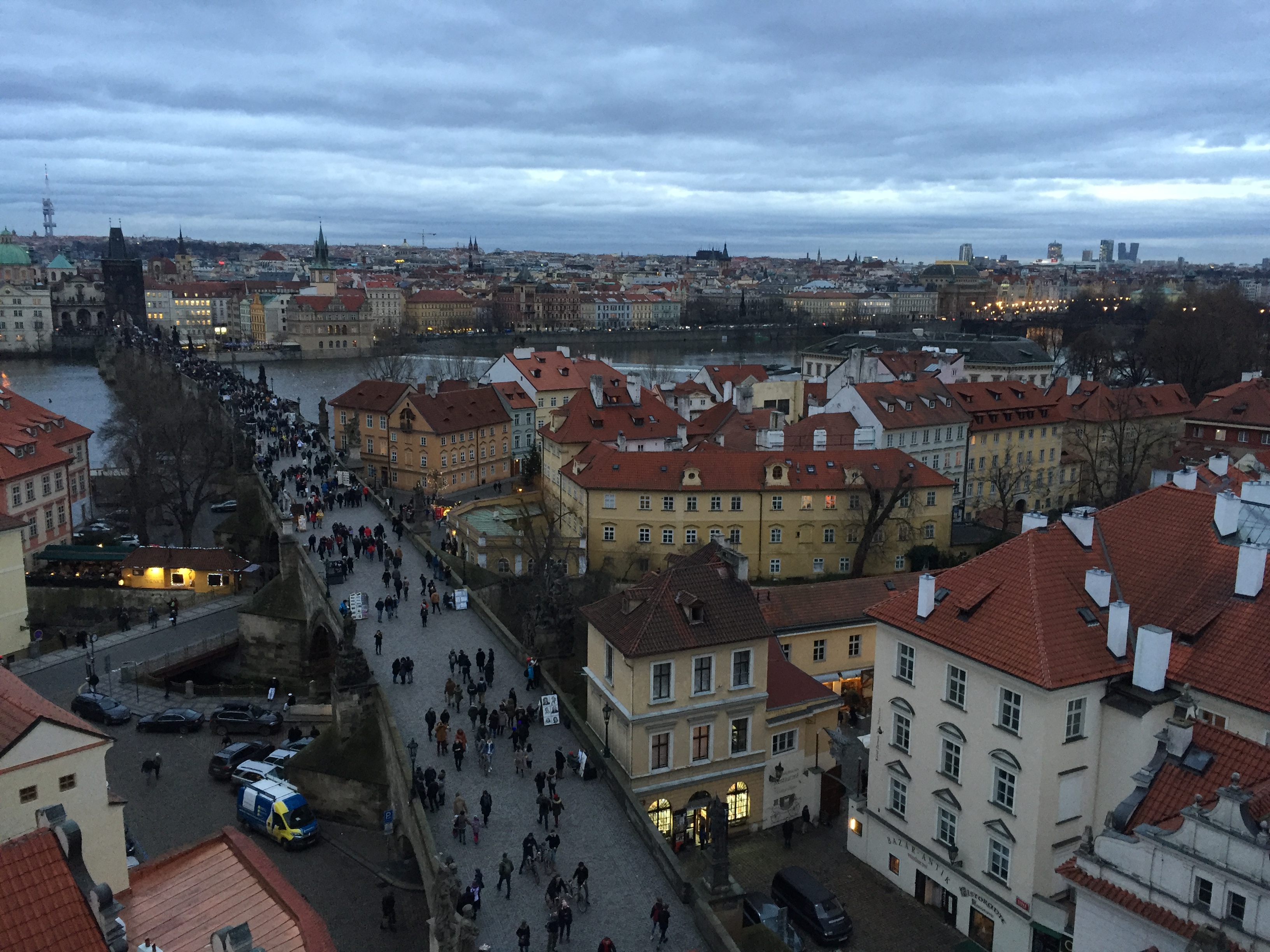


















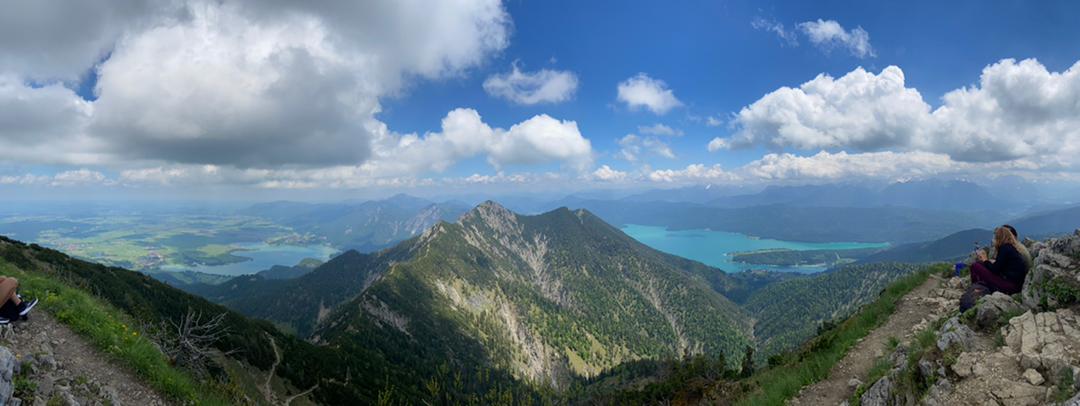
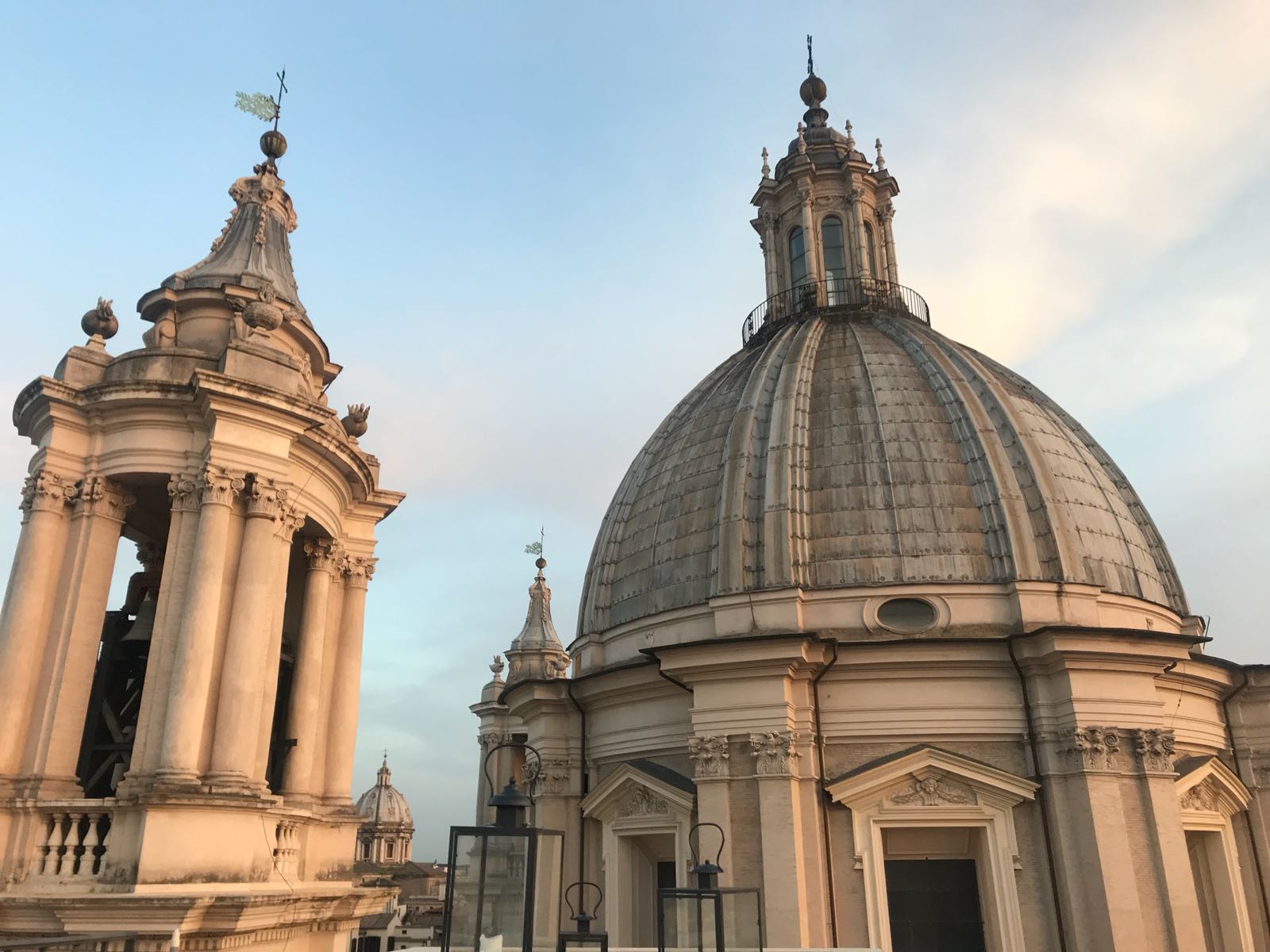

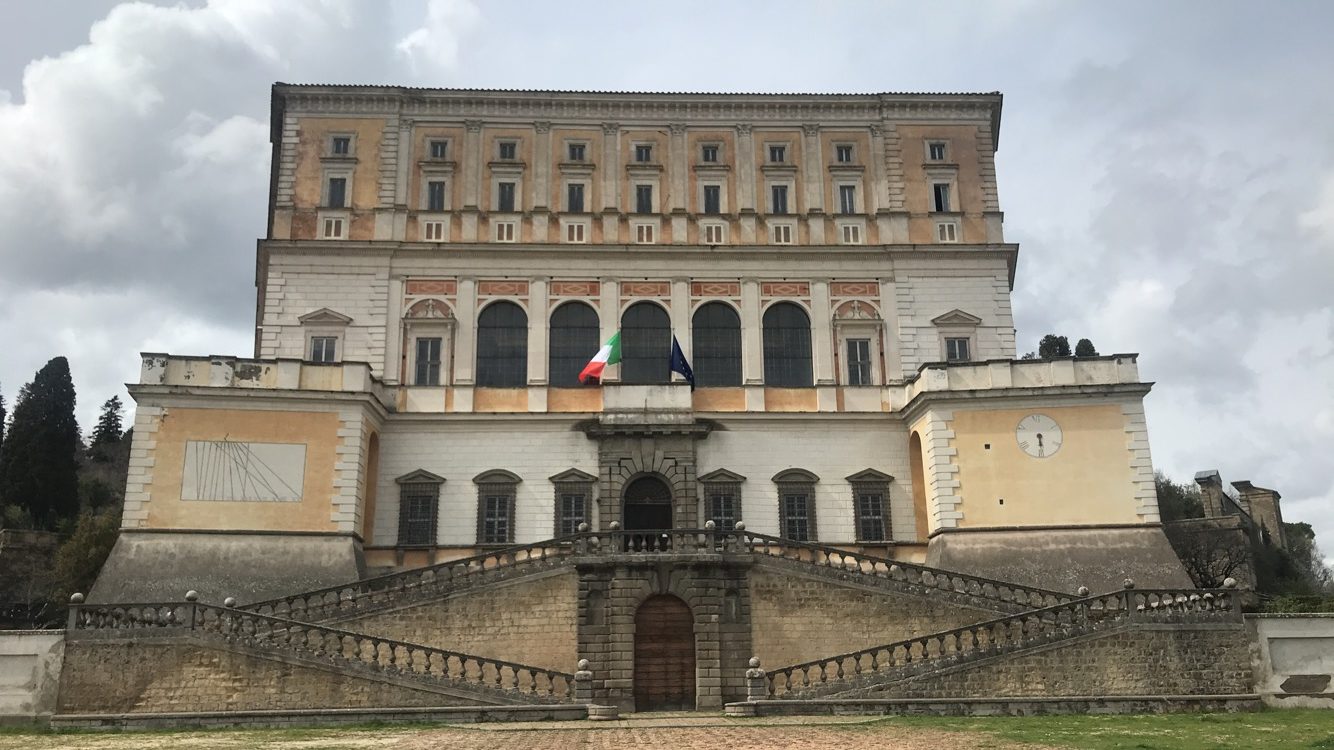
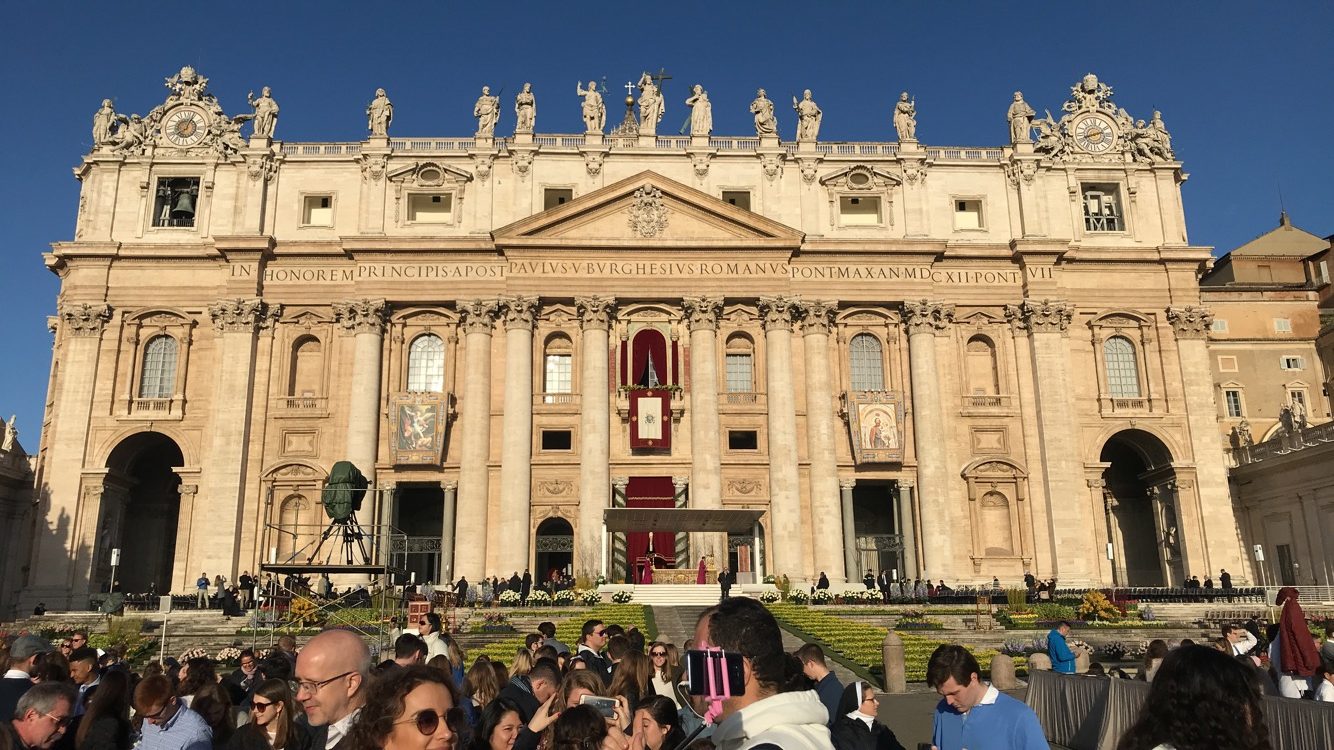
Leave A Comment